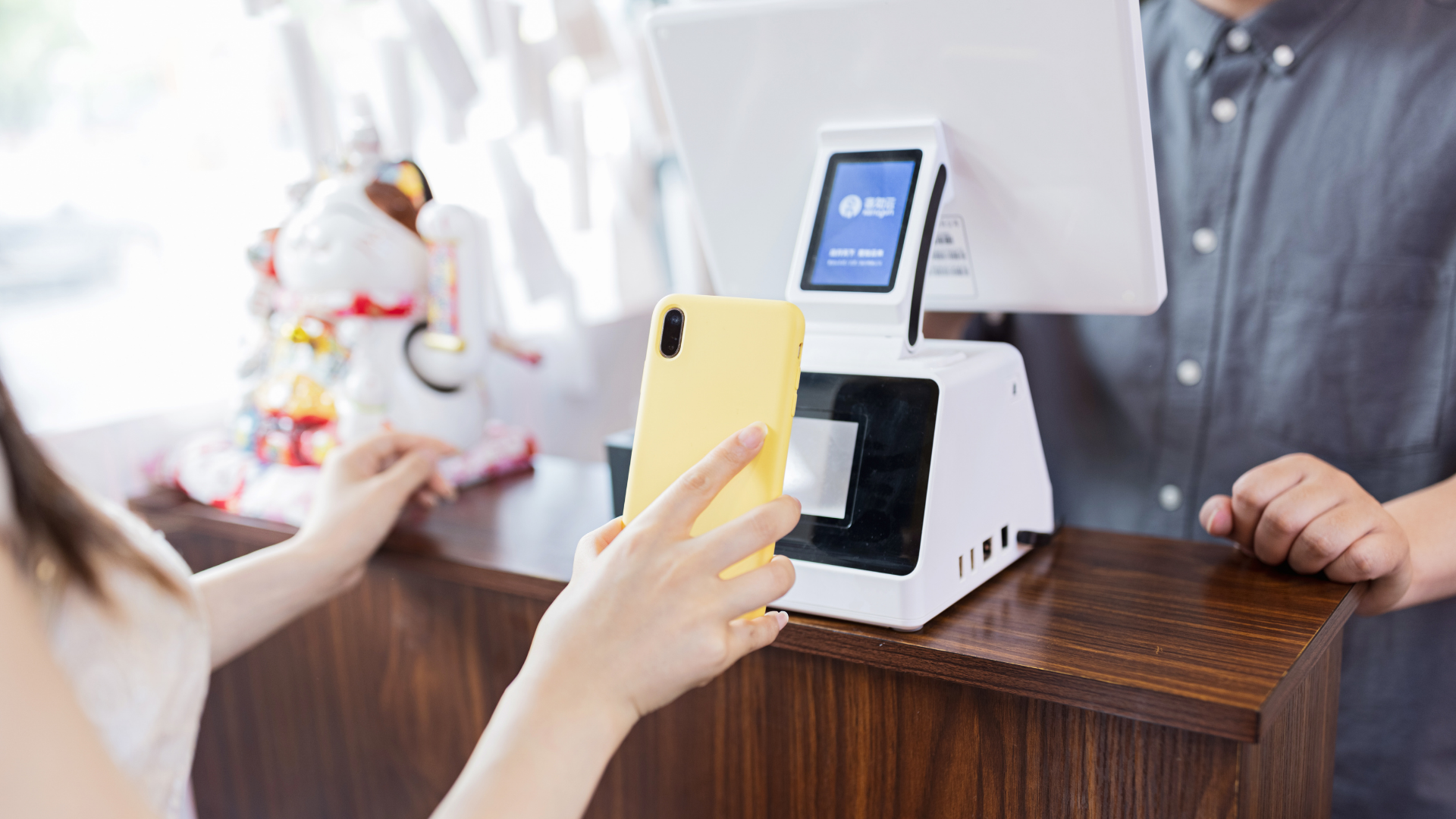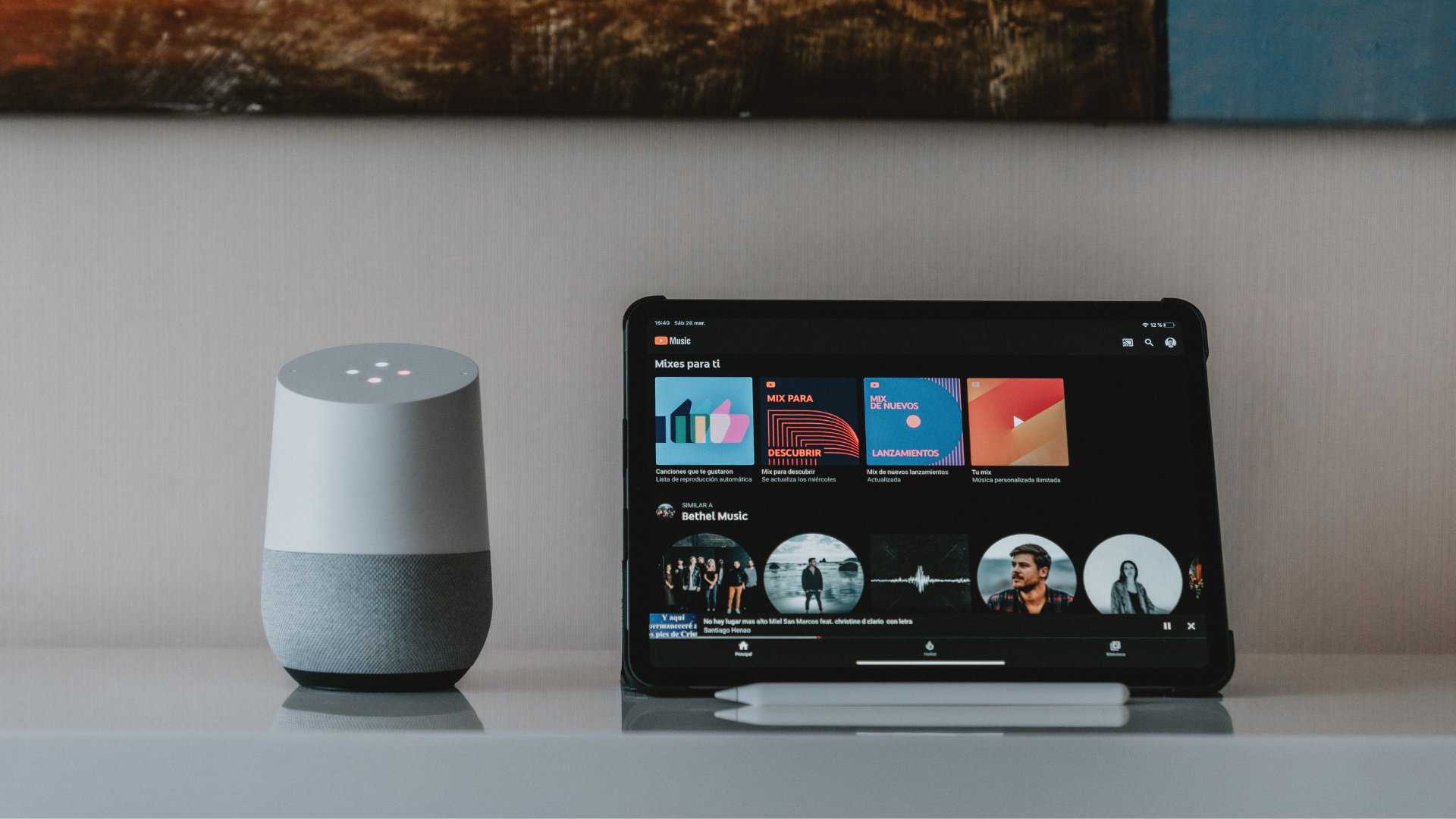With the convenience, comes a new dependence on technology in our everyday lives. Using insights from our data partner GWI, we explore 5 digitisations and how brands and retailers can evolve with the times.
#1 Cashless Payment – Building a cashless future
China will soon become the first major country to issue a sovereign digital currency. Thanks largely to Alipay and WeChat Pay, China has moved headfirst into a cashless future – 62% have transferred money and 37% have used a mobile payment service in one month.
Japan has long been known for its heavy use of cash. Around 82% of transactions involve cash, and whilst the pandemic has encouraged the cash-loving Japanese to move away from physical money, the country’s fast-ageing population are resisting change. Meanwhile in China, 40% of payments still involve cash, especially in the rural area.
What next?
Before committing to a cashless future, businesses need to consider their customers and how they might react. Post-COVID, consumers are likely to come up against less resistance than before, but some might still prefer to pay with cash. Therefore, businesses may consider offering a range of payment options to their consumers instead of switching to cashless payment immediately.
Retail businesses should remain open as the older generation is still making use of stores. Elderly, rural and low-income groups lack the digital communications equipment, network access, and digital-finance knowledge to enjoy a cashless society. Although cashless payment has multiple advantages, cash still gives people a form of security.
#2 Data Protection – Online privacy concerns
Even with disclaimers on the forms businesses use to collect data, 62% still feel companies should do more to protect customer data. A third of them said that consumers should be more concerned about how their data is used by companies.
Beyond the fear of data being collected, consumers are more worried about how their data may be compromised. 47% said they’re concerned about the possibility of their data being hacked, while 51% were worried about it being sold. However, only 17% of the business leaders said their companies sell data to others, a sign that businesses need to be more transparent about this practice to ease consumers’ fears.
What next?
The sentiment gap between businesses and consumers isn’t new. Businesses still have a long way to go to assure the public on their collection, use and data protection. Addressing the online privacy issue will accelerate the adoption of digitalisation.
For example, in late 2021, WhatsApp enabled users to access end-to-end encrypted back ups. This means that neither WhatsApp nor the backup service provider will be able to access users’ messages or their backup encryption key. WhatsApp has built in a few additional protections as well. The key will become “permanently inaccessible” after too many wrong password attempts, a measure designed to prevent so-called brute force attacks.
#3 Artificial Intelligence – Boosting human interaction
As technology inches closer to being human like, we’ve seen it replace various types of jobs and services once performed by humans. The next evolution, however, is likely to be through providing social interaction and companionship. In APAC, 1 in 5 people aged 16 – 24 years old feels lonely/ cut-off due to the restrictions bought about by COVID-19, followed by the age group 25 – 35 years old (13%) and 55 – 64 years old (12%).
At this point, nothing exemplifies the replacement of human interaction with technology such as voice assistants. In APAC, 42% of internet users have used a voice assistant on a weekly basis in 2021, over 10% increase from 3 years ago.
What next?
Industries that leverage on AI, such as smart baby products, and electronic home appliances are booming. These products fulfil consumers’ needs on social interaction and companionship and can specifically target people who are prone to loneliness.
For example, Google Home devices, has helped tackle loneliness for the older age group (60-80), and the younger generation (14-18), who have felt isolated due to living alone and home schooling, respectively. Consumers often ask the speaker for news and weather updates, music and audio book tips and even crossword puzzle clues.
#4 Digital Healthcare – Online appointments are here to stay
Telehealth was already on an upward trend before the pandemic. The rise of telehealth is noted as part of a general COVID-19 inspired acceleration of digital adoption in APAC. MyDoc, a telehealth platform in Singapore, saw a monthly active user growth at 272% from 2019 to 2021. Similarly, Chinese digital health platform ‘Ping a Good Doctor’ saw an 18% increase in newly registered users and a 24% increase in daily consultations in 2020 compared with 2019.
Almost 50% of patients said they expect to use digital health tools in the next five years. 91% of consumers said they would use digital health services if the costs were covered by an employer or insurance provider.
What next?
Due to the increasing demand of digital healthcare ‘super apps’, marketplaces and social networks may consider expanding their ecosystem, rolling out the features to connect the patients and doctors. With the healthcare system in overloaded, due to the pandemic, digital healthcare could ease the burden of the healthcare system effectively.
Companies such as Nomad Health – an online marketplace that links doctors directly with medical facilities for short-term work are making it easier for physicians to provide on-demand healthcare to clients in specific circumstances that match their talents, expertise, and schedule. In other words, doctors become on-demand healthcare providers to better meet the changing needs of their patients, another benefit of digital 5 transformation in the healthcare industry.
#5 Digital Fitness – Smart baby wearables empower fathers
In 2020, there were 195 million connected wearable devices in APAC, a 540% rise compared to 5 years ago. Similarly, smart wearables for babies is one of the most repeated claims among parents due to rising concerns around the risk of infant deaths while sleeping. They want to know how the baby sleeps, how the baby breaths, how he grows up, whether something suddenly affects him.
According to a study funded by baby care brand Summer, more than 34% men said they check their monitors at least once per minute, compared to only 20% women. Dads were also quicker to respond to the cries, versus moms who tended to wait – especially for subsequent children.
What next?
With the increasing concerns on babies’ health as well as the busier life for young working parents, the smart baby wearables market has a huge potential growth. For example, Liip has designed Liip Smart Monitor, which uses technology and transmits information about the baby’s well-being through a comfortable wristband to a parent’s smartphone or tablet app. It detects the main vital signs of the baby – blood oxygen, pulse and temperature. It alerts only if changes that occur can affect the baby’s quality of life.
View this post on Instagram
Brands of smart wearables for babies may rethink the way that they are marketing these products. Young fathers should also be considered as target audience, instead of purely targeting at mothers.
Curious about the trends impacting your brand? Get in touch with our data and insights specialists here.






